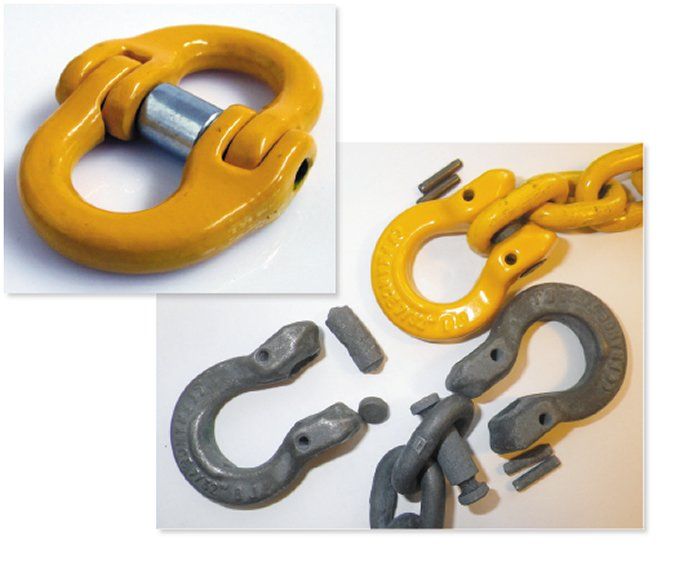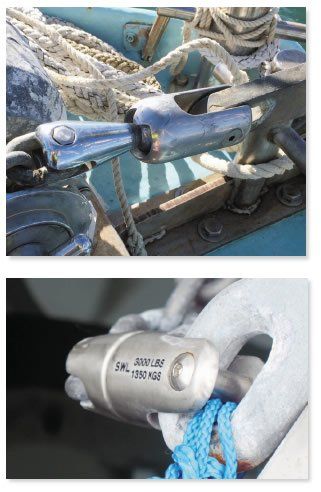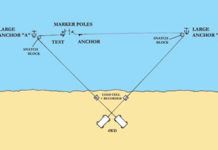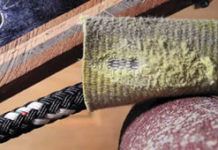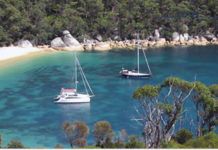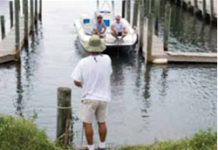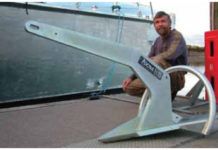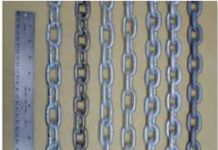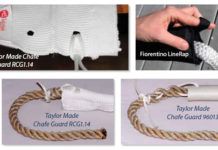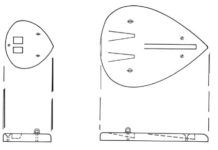Anchor Resetting Tests
Practical Sailor has carried out dozens of anchor tests over the years. This month, we set out to compare anchor performance when the boat position changes under the forces of wind or tide, a shift that often causes the anchor to move and reset itself. The test compares 12 anchors, including some newer fixed-shank anchors-such as the Rocna and the Manson Supreme-and some concave fluke designs similar to the Spade, one of the strongest performers past tests. The test field included: the CQR, Spade, Ultra, Super SARCA and SARCA Excel, Manson Supreme, Rocna, Kobra, and the Lewmar Claw.
Round 2: Chafe Gear for Mooring and Dock Lines
With hurricane season in full swing and volatile fall weather approaching, storms can threaten the safety of sailboats by placing extra loads on dock and mooring lines. In the July 2011 issue, Practical Sailor evaluated rope chafe protection and found Fjords Chafe-Pro chafe guard trumped products from Taylor Made, Fiorentino, and Davis Instruments. This followup report-the result of aggressive bench testing and long-term field testing-compares the top pick Chafe-Pro to new mooring and dock line protection from Fjord and Robship, as well as do-it-yourself options like fire hose, leather, and a homemade Kevlar/Acrylic sandwich.
Anchor Testing and Rode Loads
Many published anchor tests focus on holding capacity, and most conclude that newer, concave fluke-design anchors such as the Spade, Rocna, and Manson anchors perform better than older, traditional anchors such as the plow-design CQR, claw anchors like the Bruce, and Danforth-style anchors such as the Fortress. But how useful is this data? Rather than just testing anchors to specific, fixed loads, PSs recent evaluation raises questions about the various wind-induced loads placed on anchors in real-life situations and how future anchor tests should be carried out.
Adding Some Zing To Anchor Testing
Quantifying anchor loads is tricky business, and our article on the topic, beginning on page 24, gives some insight into the trouble a tester faces when trying to compare the performance of various types of anchors. Apart from the obvious questions about the bottom type and the scope amount to be used for evaluating, testers need to sort out more subtle details, such as how the anchor should be set, how the load should be applied, and what the pull direction should be.
West Marine Issues Rocna Spec Notice
In the wake of questions about the tensile strength of steel used in the shafts of Rocna anchors, West Marine has issued “product specification notices” to customers who have purchased Rocna anchors since 2010 and recently posted the notice on its website (www.westmarine.com). West Marine is one of world’s largest distributors of the Rocna, a plow-style anchor sold in 34 different countries. The Rocna (www.rocna.com) earned a Recommended rating in our 2008 tests of heavyweight anchors, finishing behind the Manson Ray and the Manson Supreme (November 2008).
Where Credit is Due: September 2011
Letters to Practical Sailor, September 2011. This month's letters cover subjects such as: Johnson Pumps, Raymarine, Edson and More!
Anchor Chain Advice
I sail an Areodyne 38 in New England, primarily on weekends and a two-week annual cruise. I use 25 feet of 5/8-inch chain with 200 feet of oversized braided rode and a 35-pound Bruce anchor. In 12 years of cruising this boat, the setup has dragged only once, yet I’m still unable to relax at anchor. I’m considering going to all-chain. Also, because my boat is pretty light with a fin keel and bulb, the rode wraps around the bulb when the current is stronger than the wind, requiring diving to free the mess. This is manageable in July, not so fun in October. Can you recommend a type, size, and length of chain given my criteria? My boat weighs in at 10,000 pounds, and I am the windlass.
Chafe Protection for Dock Lines
The best anti-chafe material to rely on in a storm is the one that resists abrasion, doesn’t cause heat build-up in the line, and can be easily installed—even if the line already has been deployed. Practical Sailor tested five commercially made products marketed as chafe protection for lines on boats: the Davis Secure, from marine accessories maker Davis Instruments; LineRap from Para-Anchor manufacturer Fiorentino; Chafe-Pro from the North Carolina-based Fjord Inc; and two sets of Chafe Guards by Taylor Made. Products ranged from single-skin webbing designs to tough Dacron double-layer designs, and the chafe gear’s attachment, or locking, methods were an integral part of the ratings. (The products don't work if they don't stay in place.) Chafe gear was put through a series of abrasion tests and was rated on price, ease of use, and performance.
Clear the Decks: Anchor Wells and Bow Rollers
Ever since some ancient mariner broke a toe tripping over the killick stowed in the bow of his curragh, sailors have sought to solve the mysteries of ground tackle stowage. The solutions have been endless, and as a rule compromises. A significant portion of the interior volume of a 19th century warship was given over to the storage of anchor rode. Even aboard modern boats, the search for the proper stowage of several anchors and chain, plus hundreds of feet of sometimes slimy nylon anchor line, is one that occupies both designers and boat owners. Two "modern inventions" — the anchor well, and the bow roller — have greatly eased many of the problems of ground tackle stowage. But even these developments vary greatly in quality and design, some creating more problems than they solve.
Wooden Anchor Chocks
Conventional commercially available anchor chocks, though convenient, can be nasty metal toe stubbers and not particularly attractive. In contrast, wooden chocks are easy to make, handsome, and relatively snag- and toe-proof.
































